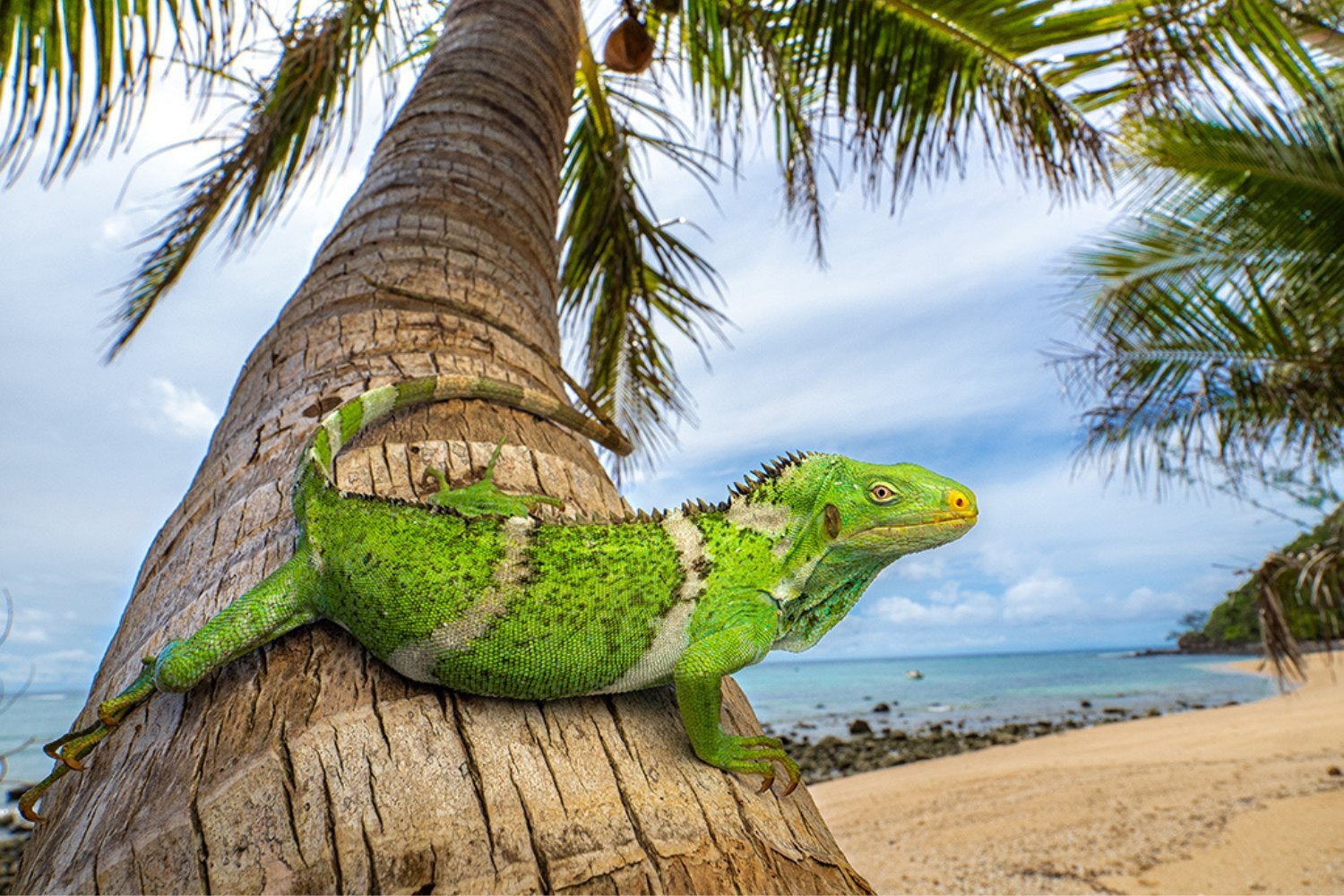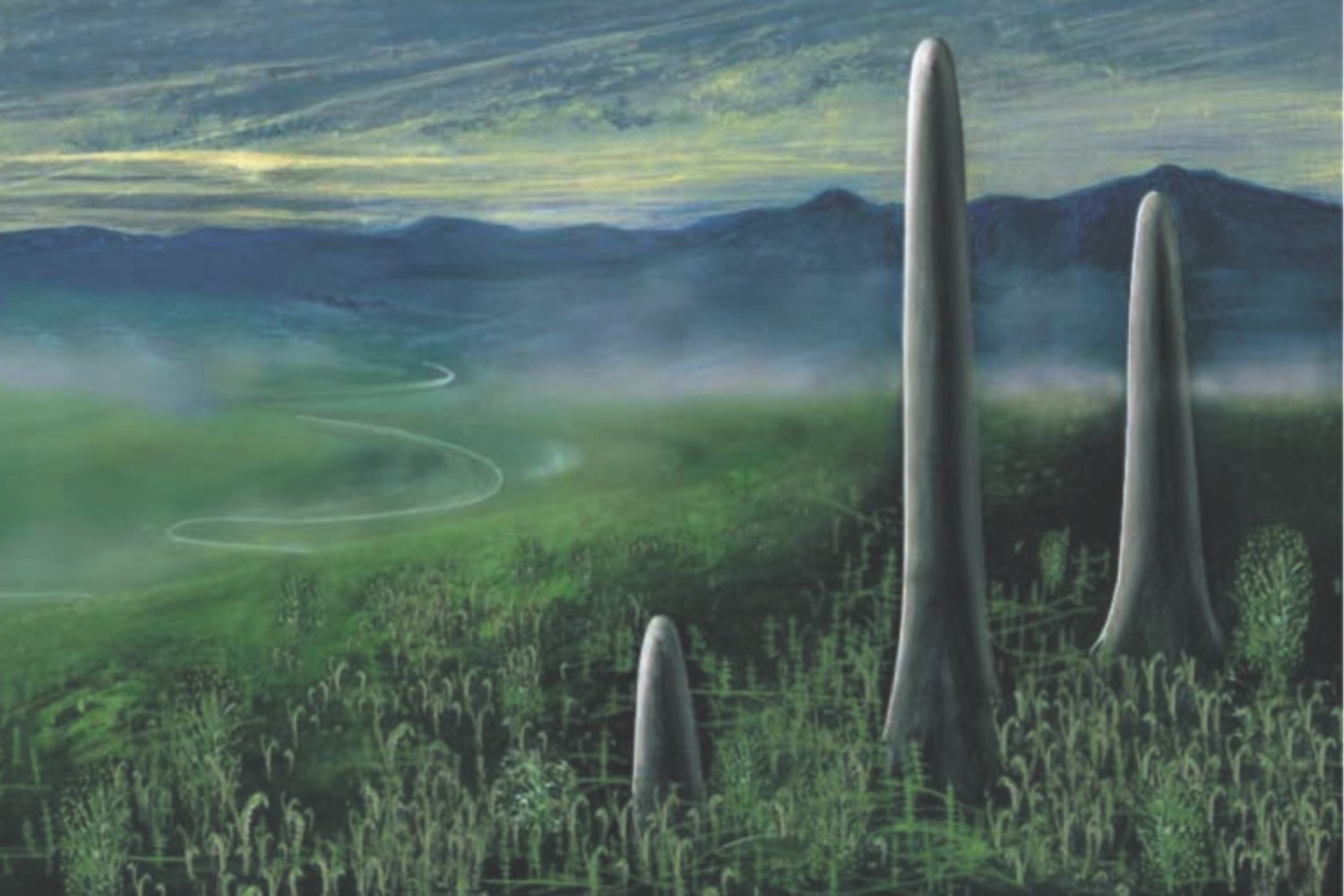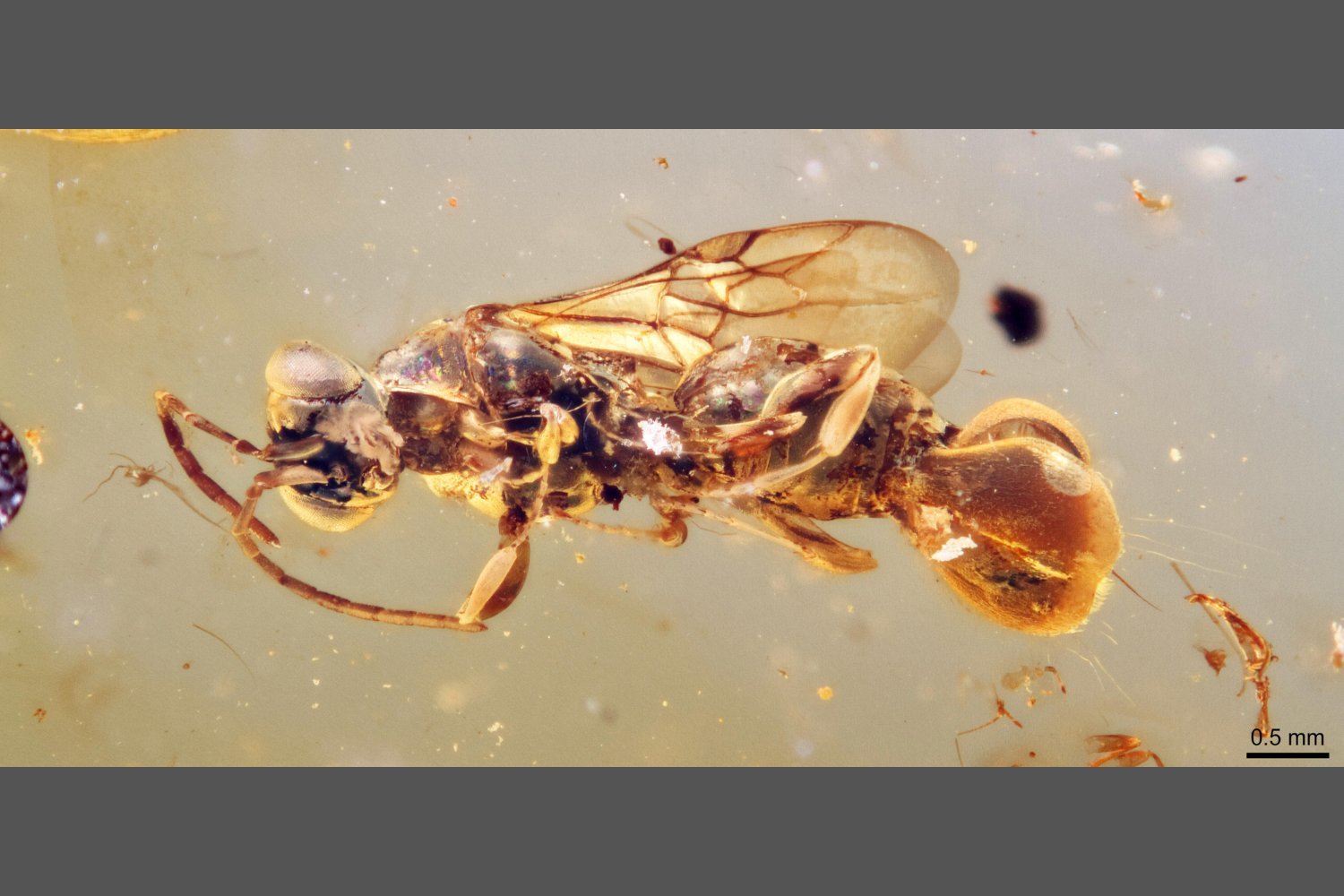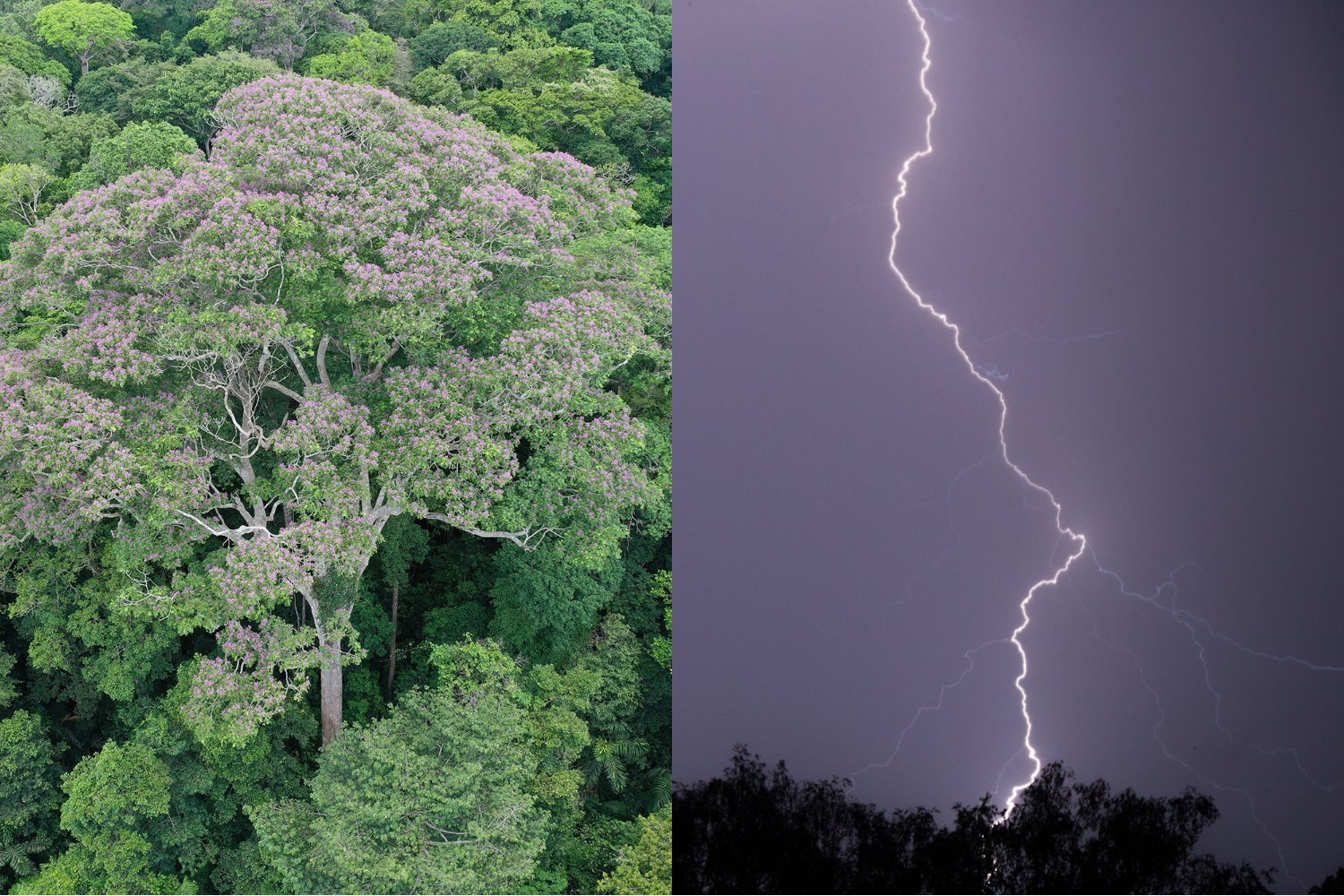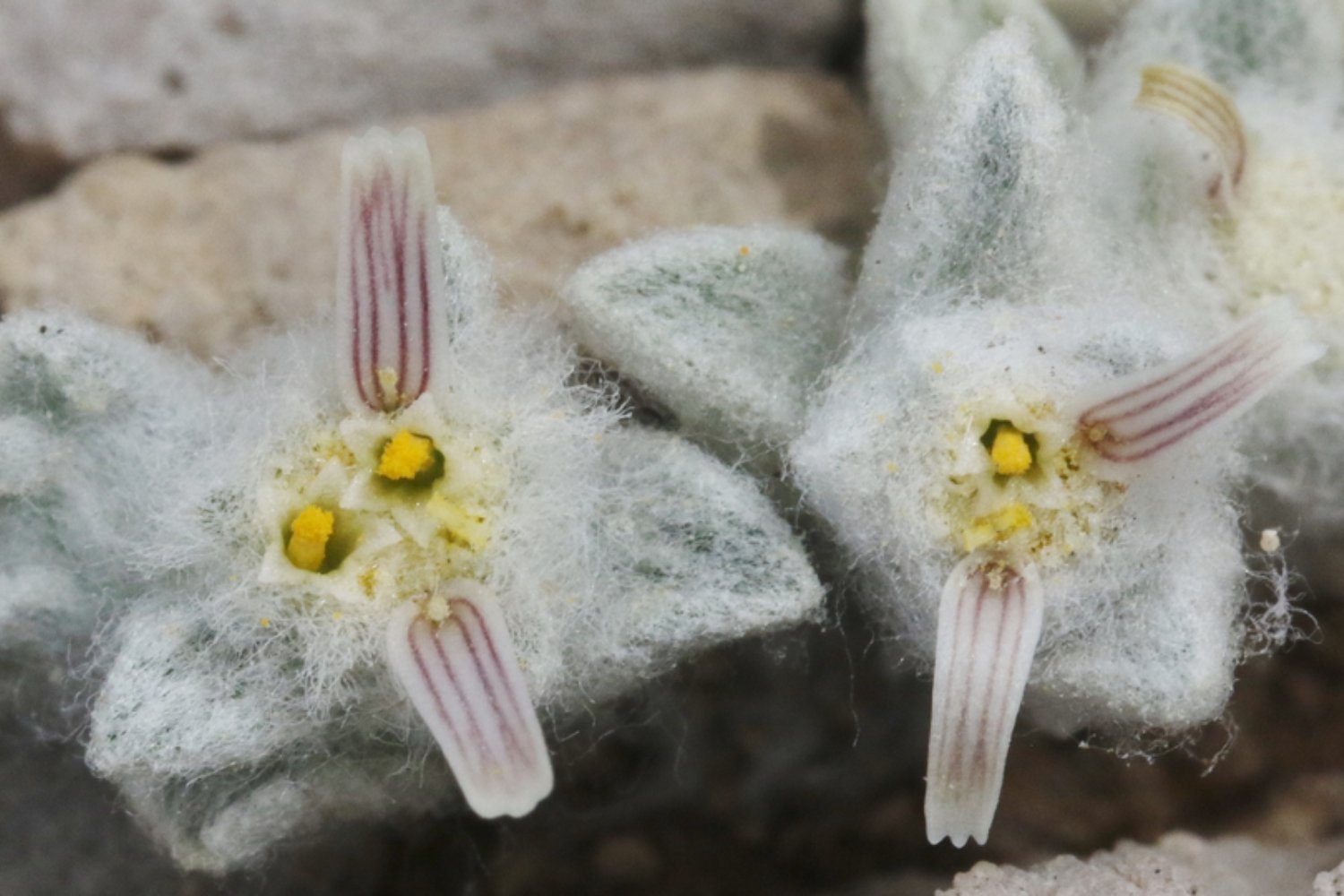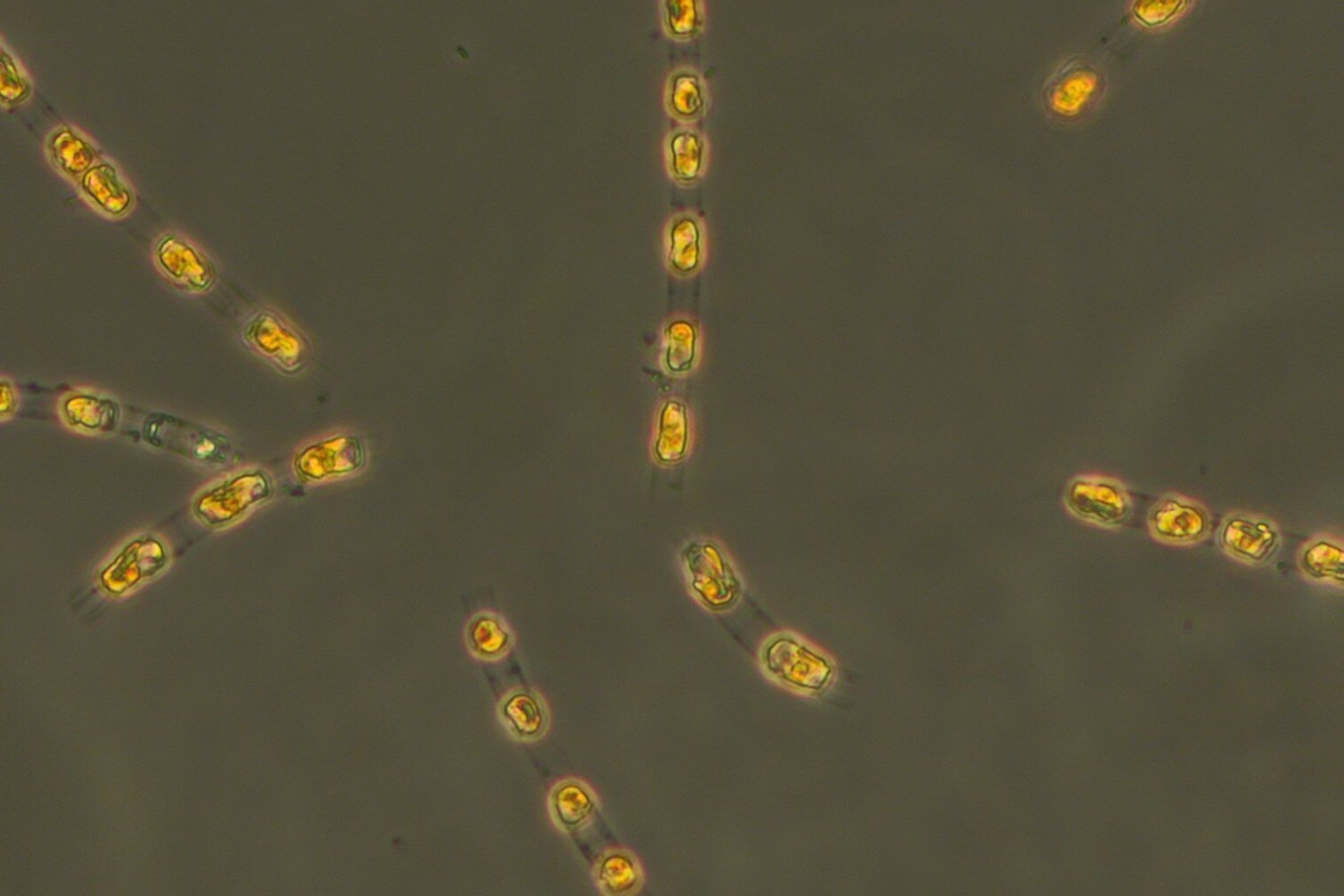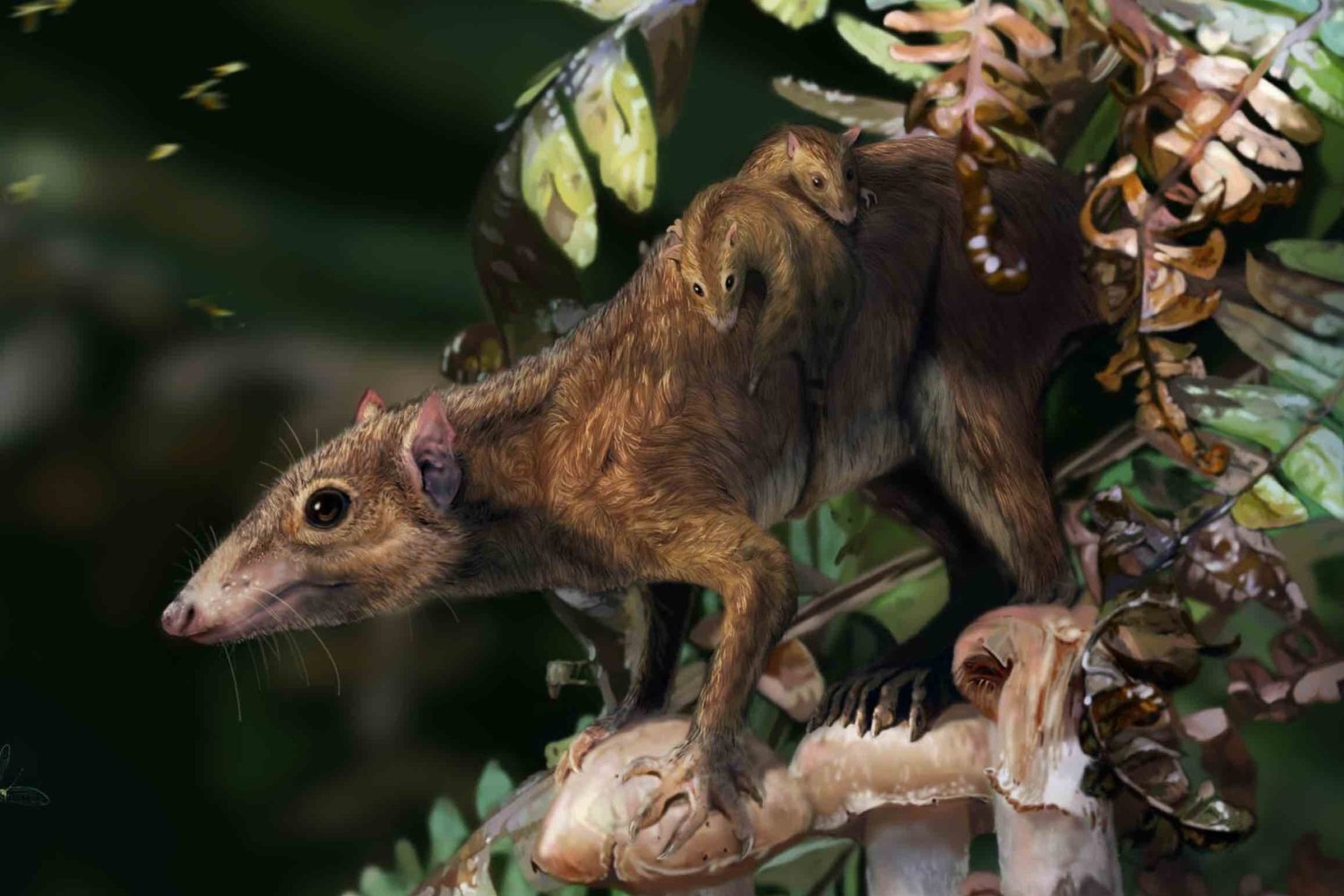Fiji’s remote islands evoke images of a tranquil existence, but new research reveals a surprising journey undertaken by the islands’ iguana inhabitants. These lizards, seemingly isolated in the Pacific, are actually close relatives of iguanas found in the American Southwest. This discovery suggests an incredible transoceanic voyage millions of years ago.
Recent analysis of the Iguanidae family tree, encompassing over 2,100 reptile species, reveals a surprising connection between Fijian iguanas and their counterparts in the American Southwest. This genetic proximity, despite the vast geographical distance, has led researchers to a remarkable conclusion: these iguanas’ ancestors likely rafted thousands of miles across the Pacific on vegetation mats. This epic journey, estimated to have occurred around 30 million years ago, is detailed in a study published in the Proceedings of the National Academy of Sciences.
From Desert to Island Paradise: An Unlikely Migration
“The Fijian iguana lineage diverged from its sister lineage relatively recently, around 30 million years ago,” explains Simon Scarpetta, lead author of the study and a herpetologist at the University of San Francisco. This timing coincides with volcanic activity that could have created the Fijian islands. The iguanas likely survived their long journey by consuming vegetation on their floating rafts and enduring harsh conditions like dehydration and lack of freshwater. Simulations suggest this trans-Pacific voyage could have lasted between 2.5 to 4 months.
A Record-Breaking Commute for a Terrestrial Vertebrate
This 5,000-mile (8,047-kilometer) journey represents the longest known transoceanic dispersal of a terrestrial vertebrate. “Desert iguanas are particularly resistant to starvation and dehydration,” notes Scarpetta. This resilience made their ancestors uniquely suited for such an arduous journey.
Genetic Evidence Unveils a Surprising Family History
Genetic analysis of over 4,000 iguana genes from more than 200 specimens confirmed the close relationship between Fijian iguanas and the North American desert iguana (Dipsosaurus dorsalis). Considering the formation of the Fijian islands around 34 million years ago and the timing of the iguanas’ genetic divergence, researchers believe the lizards arrived within the last 30 million years.
Ruling Out Alternative Theories
While the idea of iguanas rafting to the South Pacific has been proposed before, this new research effectively eliminates alternative theories. It discounts a South American origin or the possibility that the reptiles evolved from an older, widespread Pacific lineage that later went extinct. Although an “island-hopping” scenario is theoretically possible, the lack of Fijian iguana fossils outside Fiji and Tonga makes a single rafting event more likely.
Conservation Efforts for Endangered Species
Despite their remarkable journey and survival on remote islands, the four iguana species found on Fiji and Tonga are now endangered. Habitat loss, predation, and the exotic pet trade threaten their existence. This discovery highlights the incredible resilience of these creatures and underscores the importance of conservation efforts to protect these unique reptiles.
A Testament to Survival
The Fijian iguanas’ story is a testament to the incredible journeys life takes and the remarkable adaptations that enable survival. Their epic voyage across the Pacific reminds us of the interconnectedness of life and the importance of preserving biodiversity.



